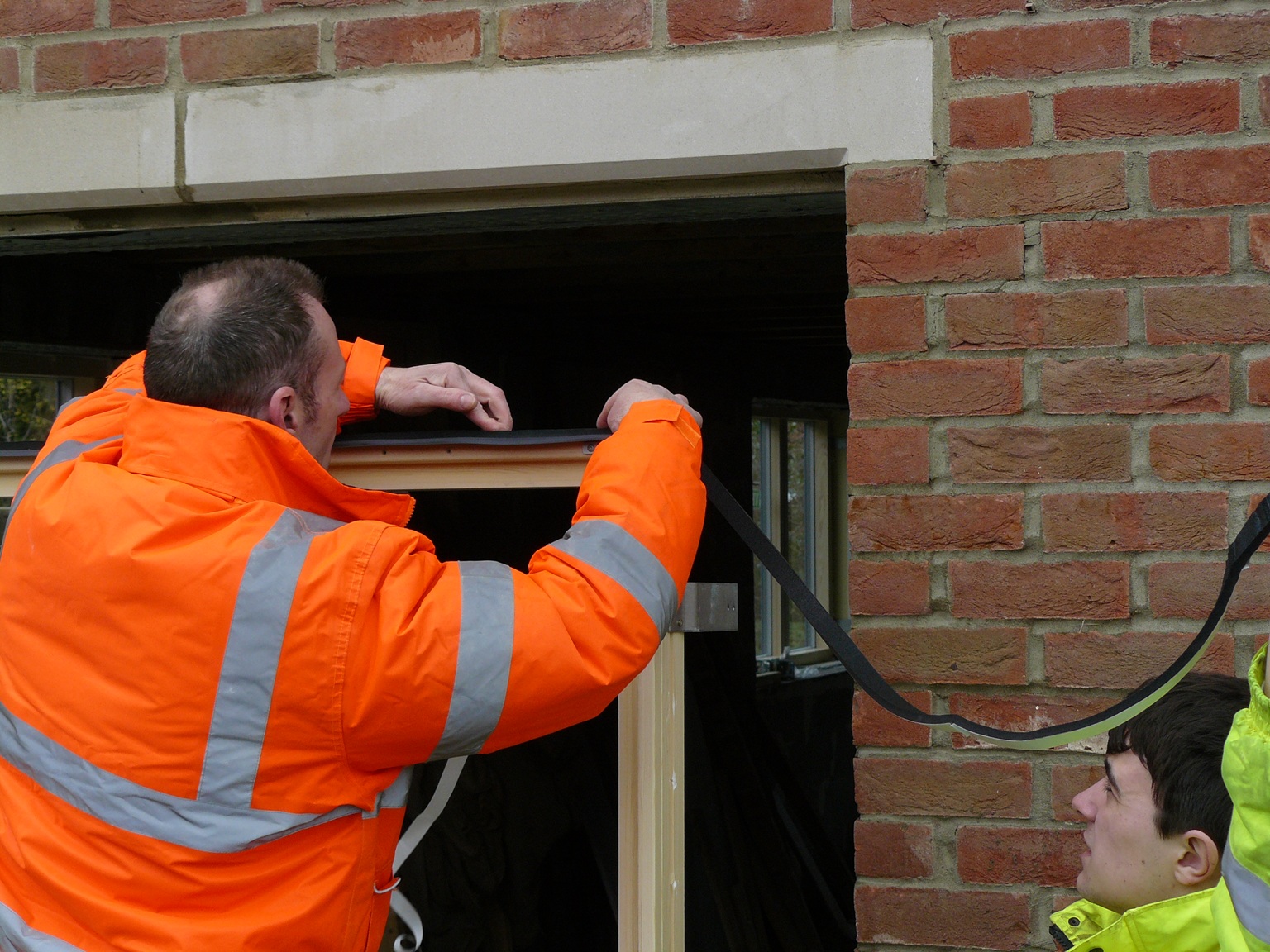Sun Shines On Notts - Solar Transplants For Company That Died Twice
A company that has gone bust twice in a matter of years and left hundreds of employees out of work has been saved as the directors of Solar Windows have...
Read Full Article
As interest rates stabilise, boosting demand for more energy efficient properties, 2025 and beyond will see the continued specification of rapid product solutions to deliver greater energy efficiencies, writes Andy Swift.
Swift is the sales & operations manager, UK & ROI at ISO Chemie.
I think we will also be seeing homeowners gradually returning to investing in their properties to improve exterior appearances.
There will naturally be more opportunity for foam tapes as alternatives to silicone sealants for the high-performance, long-term sealing of joints and gaps around windows and doors, in particular, where widths may vary in size and domestic installers arriving on site can never be certain of what they will face in terms of the condition of frames and installations.
Good products. Poor installs
While there have been advances in glass and frame technology in recent years, it could also be said that way too many properties and homeowners, are being let down by poor or ill-equipped installations. Indeed, it should be said that in the light of product innovation, it’s lamentable number of installations remain unchecked or unregulated; leaving behind a legacy of problems that can persist for years and cost thousands of pounds to rectify in the long run.
Moreover, reform of Part L of the Building Regulations sees provision for stricter standards and compliance procedures around energy and ventilation performance in homes across England, highlighting how simple, yet effective home insulation measures can help people to pay less than they need to tackle climate change. With advancements in low cost, quick-to-install technologies, there really is no longer any excuse for procrastination around the specification of energy efficient fenestration sealants.
Path of least resistance
Heat will always find the fastest exit as it comes up against the ‘A’ or ‘A+’ rated window and this is invariably the 10mm or so expansion gap left around the window when it was originally fitted. This is normally may be left empty or filled with an uncontrolled volume of spray injected to fill the void before a silicone trim is applied for a smart looking finish. Unfortunately, as expedient as this might be, none of these solutions create a measurable, long-term, high-performance thermal, acoustic or airtight barrier as the U-Value of the installed window is simply reduced, which leads to heat escape and ultimately, financial loss.
If building regulations remain lenient, we will continue to see window and door developments that only just meet minimum standards.
Installers deserve better insulating products to improve energy efficiency and save money for their end-users.
The latest generation of high-performance foam sealing tapes, which use ‘smart’ foams impregnated with different substances to create a measurable U-Value as low as 0.6w/m2k, offer superb thermal insulation and acoustic sound reduction by 44dB.
`A` rated installations
As these installation tapes are completely weather resistant against driving rain, even to Violent Storm Force 11 wind speeds, installers can quickly apply them around the frame during initial fitting. This provides the assurance that they have completed a comprehensive ‘A’ rated installation rather than just supplying an ‘A’ rated window. This is a benefit that can be sold on to deliver enhanced energy efficiency advantages for customers and property owners.
There is no question companies in the fenestration sector can still do more to improve overall energy efficiency. Sealing tapes are one effective way that this can be achieved. These multi-purpose tapes enable installers and home improvement specialists to quickly and easily seal windows from inside the building during construction, avoiding the need for expensive access systems and delivering cost savings that can be passed on to consumers along with high quality installations.
Moreover, as the foam sealant can be used in the wet, window installations can be undertaken regardless of external weather conditions, avoiding time consuming and costly delays. So armed with good quality products such as sealant tapes, installers will be able to add value, protect margins and assure customers that energy efficiency is at least as good as the window. This way, installers can be seen to earnestly and genuinely improve the way they safeguard customers and the industry’s reputation.
Picture: ISO Chemie’s Andrew Swift says foam tape sealants can make all the difference to installers who want to provide ‘A’ rated installations and not just ‘A’ rated windows. They are easy to use and readily available and superior in closing the gap between wall and window for thermal efficiency.
www.iso-chemie.co.uk
Article written by Cathryn Ellis
26th October 2025